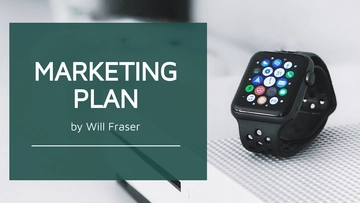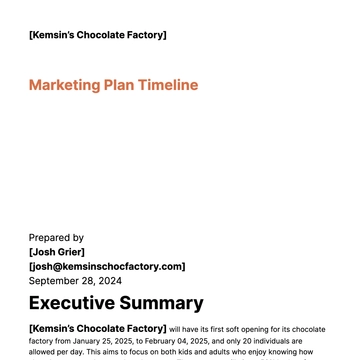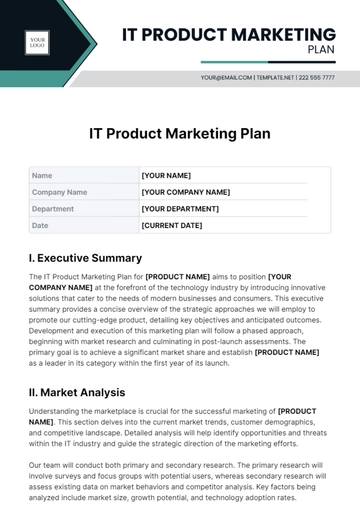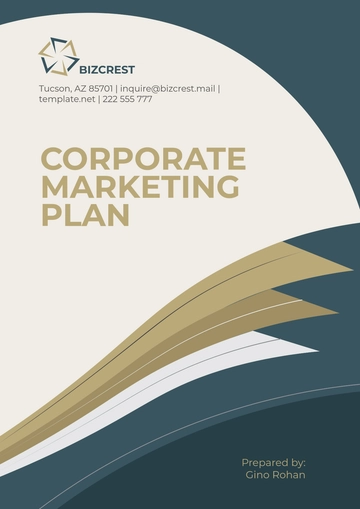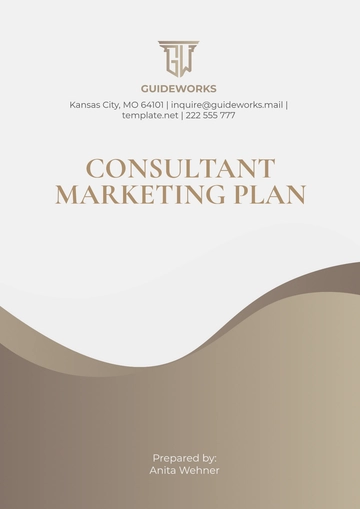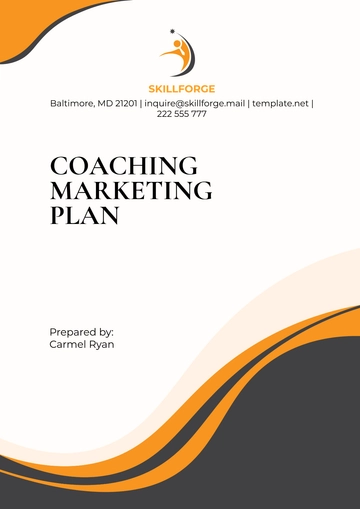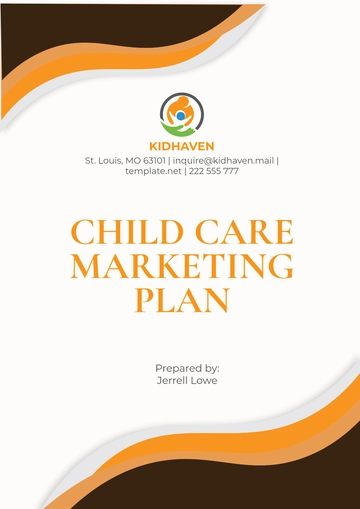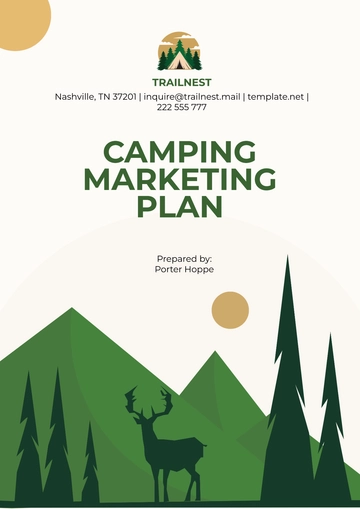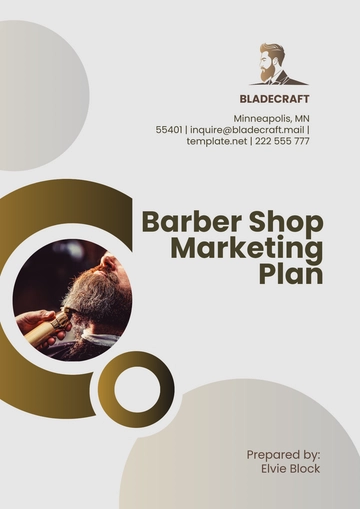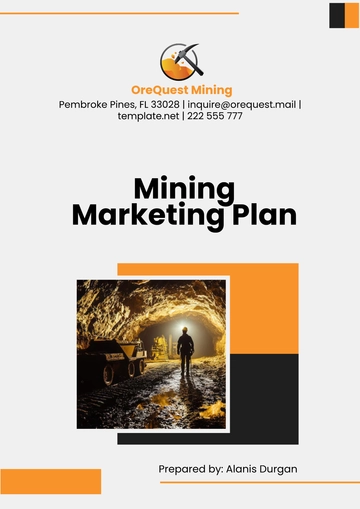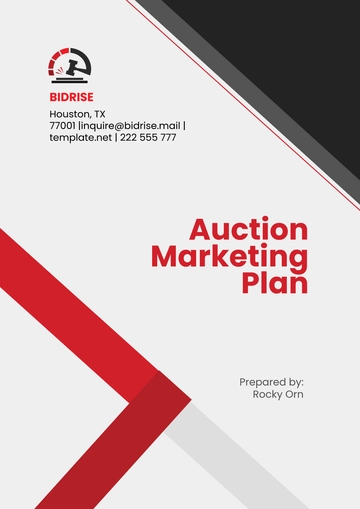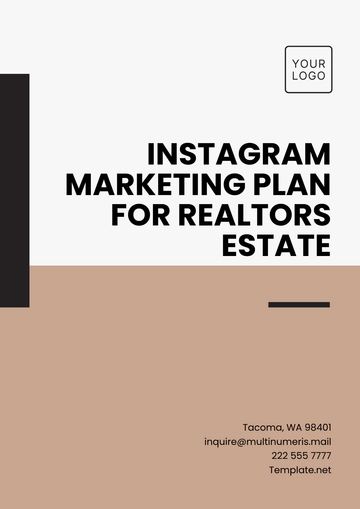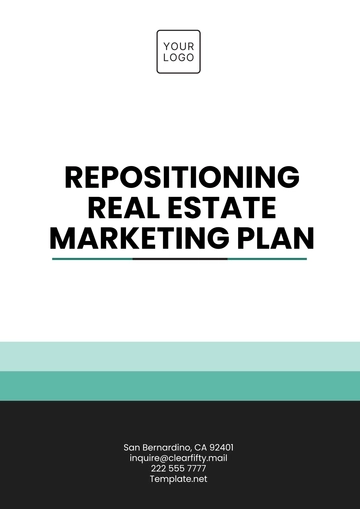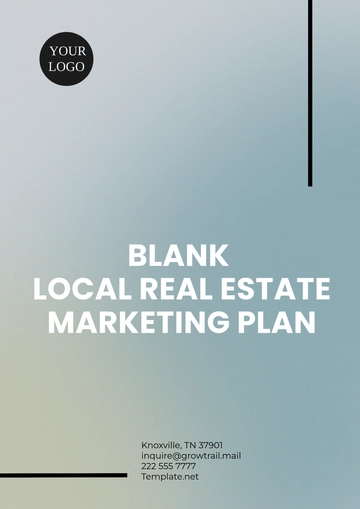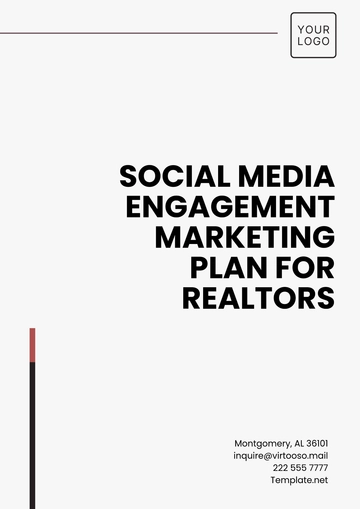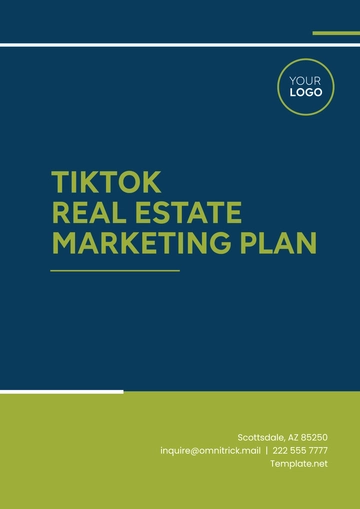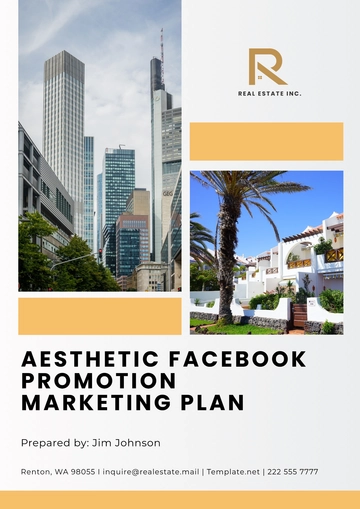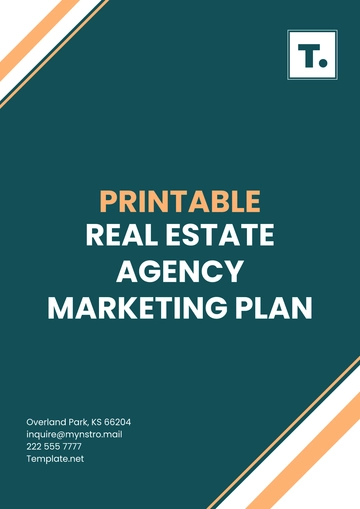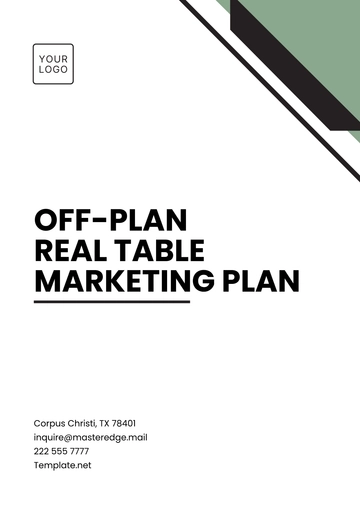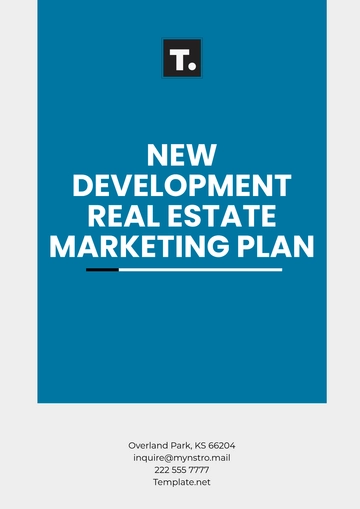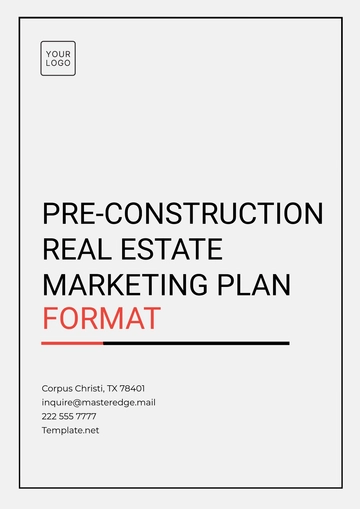Free Insurance Agency Marketing Plan
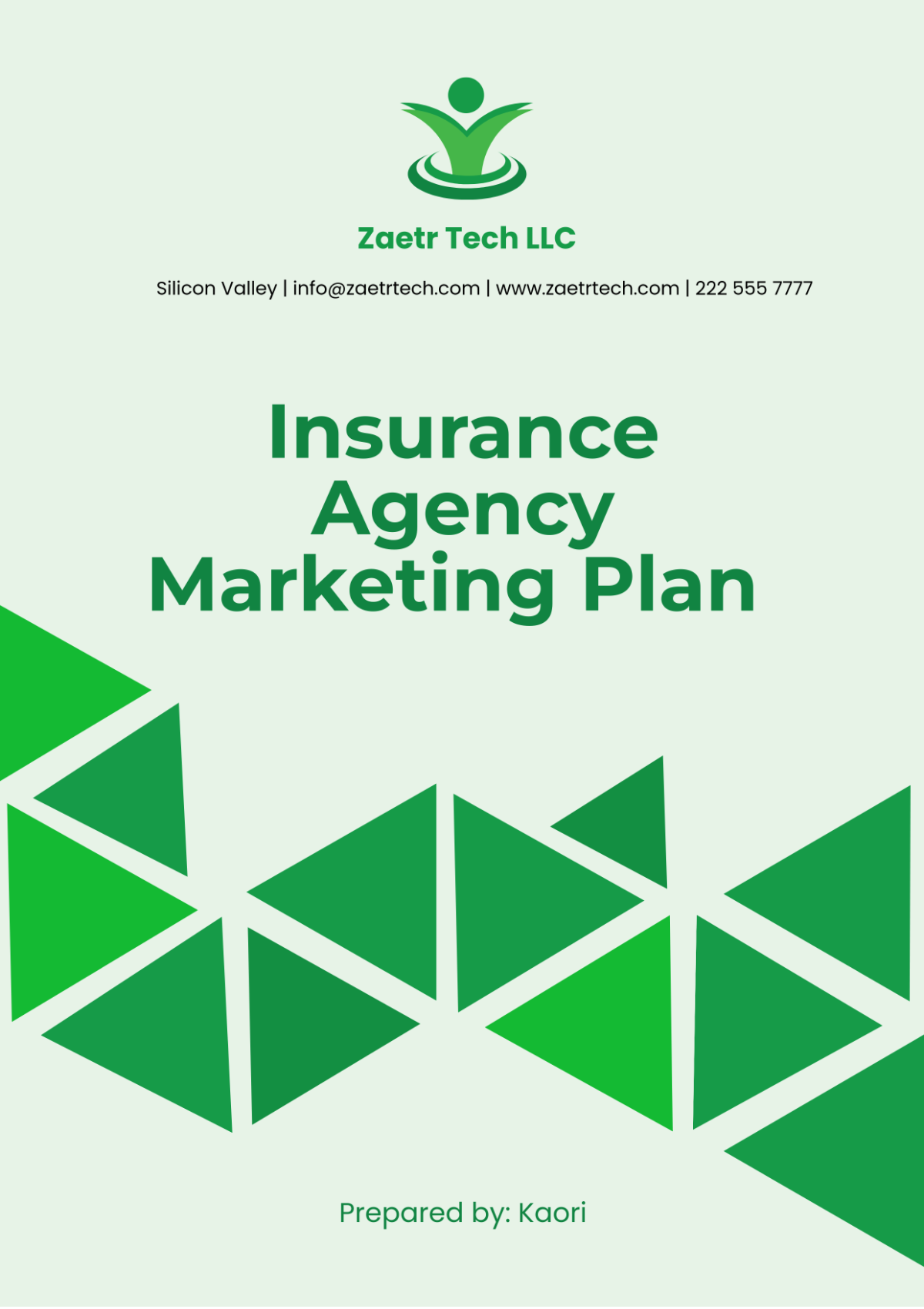
I. Executive Summary
This marketing plan outlines a comprehensive strategy for [Your Company Name], an insurance agency, to increase its market share and profitability through a combination of traditional and digital marketing tactics. Our goal is to enhance brand awareness, acquire new clients, retain existing ones, and position the company as a leader in the insurance industry by the year [2050].
In this plan, we will address the following key areas:
Market analysis and trends
Target audience
Marketing objectives
Marketing strategies and tactics
Budget allocation and timeline
Performance metrics and evaluation
Our ultimate goal is to increase revenue by [30]% by the end of [2051] and capture [5]% of the market share within the next five years. The strategies outlined here will ensure that [Your Company Name] achieves long-term growth, while maintaining customer loyalty and operational excellence.
II. Market Analysis
A. Industry Overview
The insurance industry is expected to grow significantly by [2050], driven by increased demand for a variety of insurance products such as health, life, auto, home, and commercial policies. According to industry reports, the global insurance market is projected to reach a valuation of [$9 trillion] by [2055], with a compounded annual growth rate (CAGR) of [5.8]% from [2050] onward. This growth is indicative of the increasing reliance on insurance products as consumers seek financial security and risk management solutions in an ever-changing economic landscape.
Key Trends Shaping the Industry
Digital Transformation: More consumers are seeking online and mobile platforms to purchase and manage insurance policies, leading to a rise in demand for digital insurance solutions. Companies that embrace digital channels will likely outperform those that maintain traditional models.
Personalization: Customers are demanding more personalized insurance products tailored to their specific needs and lifestyles. The ability to customize policies based on individual circumstances can enhance customer satisfaction and loyalty.
Regulatory Changes: Governments are imposing stricter regulations to ensure the protection of consumer rights and data security, particularly in digital transactions. Staying ahead of these regulations is crucial for compliance and brand reputation.
Increased Competition: The rise of insurtech (insurance technology) companies has intensified competition by offering more innovative, tech-driven products and services. Traditional insurance companies must adapt quickly to maintain their competitive edge.
B. Target Market
[Your Company Name] aims to target a wide demographic, including both individuals and businesses, with a focus on the following segments:
Individuals and Families: Young professionals, families, and retirees seeking life, auto, home, and health insurance. This group is looking for comprehensive coverage and value-added services that enhance their insurance experience.
Small and Medium Enterprises (SMEs): Business owners looking for commercial insurance policies to protect their assets and employees. SMEs often seek customized solutions that address their unique risks and operational needs.
Millennials and Gen Z: A digitally savvy generation that prefers buying insurance online and values transparency and ease of use in their interactions with insurance providers. Engaging this demographic through social media and digital platforms is essential for capturing their interest.
C. Competitor Analysis
The insurance market is competitive, with several large players dominating the landscape. Key competitors include both traditional insurance firms and emerging insurtech companies. Here’s an analysis of major competitors:
Competitor | Strengths | Weaknesses |
|---|---|---|
Company A | Strong brand presence, diverse product portfolio, large customer base | Slow adoption of digital platforms, high premiums |
Company B | Competitive pricing, robust digital offerings | Limited geographical reach |
Company C (Insurtech) | Highly innovative, user-friendly platforms | Lack of trust due to being a new player, limited range of insurance products |
This competitive analysis will inform [Your Company Name]’s marketing strategies by identifying areas of differentiation and opportunities for growth.
III. Marketing Objectives
A. Short-Term Objectives (Year [2050-2051])
Increase Brand Awareness: Grow awareness of [Your Company Name]’s offerings among potential customers by increasing online and offline marketing efforts by [20]% in the first year. This will involve targeted campaigns across multiple channels to ensure maximum visibility.
Lead Generation: Increase leads by [15]% through targeted digital marketing campaigns, particularly on social media and search engine platforms. Implementing lead magnets such as free consultations or downloadable guides can attract potential clients.
Client Retention: Improve client retention rates by [10]% through customer loyalty programs and exceptional customer service. Regular follow-ups and personalized communication will foster stronger relationships with existing clients.
New Product Launch: Successfully launch a new line of customizable life insurance policies by the second quarter of [2050]. Marketing this product through testimonials and case studies will illustrate its value.
B. Long-Term Objectives (Year [2052-2055])
Increase Market Share: Capture [5]% of the insurance market in key regions by the end of [2055]. This requires an aggressive acquisition strategy targeting both new and underserved demographics.
Revenue Growth: Achieve a [30]% increase in total revenue by the end of [2055]. Expanding the product portfolio and enhancing sales processes will be key contributors to this goal.
Enhance Digital Presence: Become a leader in the digital insurance space by introducing AI-driven customer service tools and mobile apps by [2053]. This will facilitate quicker response times and improve overall customer experience.
Expand Product Offerings: Introduce additional insurance products such as cyber insurance and green insurance (for environmentally conscious consumers) by [2054]. Keeping abreast of market demands will enable [Your Company Name] to respond promptly to evolving consumer needs.
IV. Marketing Strategies and Tactics
A. Branding and Positioning
[Your Company Name] will position itself as a customer-centric, technology-forward insurance provider, offering personalized solutions that meet the evolving needs of modern consumers. Our branding will emphasize:
Trust and Reliability: Highlighting the company’s experience, financial strength, and excellent customer service will help build a strong foundation of trust. A customer testimonial section on the website can further reinforce this trust.
Innovation: Showcasing our commitment to digital transformation and innovation in product offerings will attract tech-savvy customers. Engaging marketing campaigns that highlight our technological advancements can capture interest.
Personalization: Focusing on the ability to tailor policies to individual needs through flexible plans and add-ons will set us apart from competitors. Utilizing data analytics to refine our offerings based on customer behavior will enhance this aspect.
B. Digital Marketing
1. Website Optimization
The company’s website will serve as the primary digital storefront, providing comprehensive information on all insurance products, easy-to-use quote tools, and an online policy management platform. Key optimizations will include:
SEO: Improve the website’s search engine ranking by focusing on relevant insurance keywords and creating high-quality content, such as blogs, guides, and FAQs. This will not only attract organic traffic but also establish [Your Company Name] as an authority in the industry.
User Experience (UX): Enhance user interface design to ensure seamless navigation, fast loading times, and mobile optimization. A responsive design will accommodate users across all devices, improving engagement and reducing bounce rates.
Conversion Rate Optimization (CRO): Implement A/B testing to determine the best strategies for increasing lead conversions, such as clearer calls to action (CTAs) and simplified forms. Continuous testing and analysis will help refine our approach based on user behavior.
2. Social Media Marketing
[Your Company Name] will use social media to engage with its target audience, build brand awareness, and generate leads. Key platforms will include:
Facebook and Instagram: Targeting younger customers with engaging visuals, video content, and promotional campaigns. Regular posts featuring customer stories and educational content will foster engagement and build community.
LinkedIn: Focusing on SMEs and professionals with thought leadership content, webinars, and insurance insights. Establishing [Your Company Name] as a go-to resource for industry information will strengthen our brand.
YouTube: Creating educational videos on insurance products, policy comparisons, and tips for selecting the right insurance coverage. This visual medium allows us to convey complex information in an easily digestible format, increasing understanding and trust.
C. Content Marketing
Content marketing will play a critical role in establishing [Your Company Name] as a thought leader in the insurance space. We will focus on producing valuable, informative, and shareable content, such as:
Blog Posts: Regular articles addressing common insurance questions, trends in the industry, and tips for choosing the right policies. By consistently updating our blog, we can improve SEO rankings and establish our expertise.
E-books and Whitepapers: In-depth resources on specialized topics such as “The Future of Insurance in the Digital Age” and “Small Business Insurance Essentials.” These can be gated content offerings, requiring users to provide their email addresses to access, which can help in lead generation.
Webinars: Live online seminars where industry experts discuss relevant insurance topics, followed by Q&A sessions with attendees. These events will help build a community around our brand while providing valuable insights to our audience.
D. Traditional Marketing
1. Print Advertising
Although digital marketing is crucial, print advertising will still be part of our strategy, especially for reaching local markets and older demographics who may not be as digitally inclined. We will run targeted ads in:
Local Newspapers: Advertising our services and special offers in community papers. Local placements ensure we reach our target audience where they are most likely to engage with the content.
Industry Magazines: Promoting specialized insurance products in publications read by professionals and business owners. Positioning our brand in trusted industry platforms will lend credibility and attract relevant clients.
2. Community Engagement
Engaging with the community will enhance brand visibility and foster customer loyalty. Key initiatives will include:
Local Events: Sponsoring or hosting community events, such as health fairs, business expos, or educational seminars on insurance topics. Direct interaction with potential clients helps establish personal connections and trust.
Networking: Actively participating in local business organizations and chambers of commerce to connect with other businesses and potential clients. Building these relationships can lead to valuable partnerships and referrals.
V. Budget Allocation and Timeline
A. Budget Overview
A well-structured budget is essential for the successful implementation of this marketing plan. Below is a proposed budget breakdown:
Marketing Activity | Budget Allocation | Estimated Cost |
|---|---|---|
Digital Marketing | 40% | $400,000 |
Content Marketing | 20% | $200,000 |
Traditional Advertising | 15% | $150,000 |
Community Engagement | 10% | $100,000 |
CRM Implementation | 10% | $100,000 |
Market Research | 5% | $50,000 |
Total | 100% | $1,100,000 |
B. Timeline for Implementation
The implementation of this marketing plan will follow a structured timeline over the next three years, divided into quarterly milestones:
Quarter | Activities | Key Milestones |
|---|---|---|
Q1 2050 | Launch CRM system, Begin SEO and Website Optimization | CRM implemented, Website live |
Q2 2050 | Start social media campaigns, Content creation, Launch Loyalty Program | Launch loyalty program, Content published |
Q3 2050 | Host first webinar, Begin print advertising | First webinar conducted |
Q4 2050 | Assess digital marketing results, Adjust strategies | Report on performance metrics |
Q1 2051 | Expand community engagement initiatives | Host local event |
Q2 2051 | Introduce new customizable life insurance product | Launch new product |
Q3 2051 | Conduct market research for future offerings | Complete market analysis |
Q4 2051 | Evaluate overall marketing strategy effectiveness | Year-end performance review |
VI. Performance Metrics and Evaluation
A. Key Performance Indicators (KPIs)
To measure the effectiveness of our marketing initiatives, we will track the following KPIs on a quarterly basis:
Website Traffic: Monitor monthly visitors and user behavior on the site to assess the effectiveness of SEO and content strategies.
Lead Conversion Rate: Measure the percentage of leads that convert into customers. Our target is to achieve a conversion rate of at least [5]% by [2051].
Customer Acquisition Cost (CAC): Calculate the cost of acquiring a new customer through marketing efforts. A lower CAC will indicate more efficient marketing strategies.
Customer Lifetime Value (CLV): Assess the total revenue generated from a customer throughout their relationship with [Your Company Name]. A growing CLV indicates successful retention and upselling efforts.
Customer Feedback Scores: Analyze survey results and NPS to gauge customer satisfaction and loyalty, aiming for a score of [70] or higher.
B. Reporting and Adjustment
Performance reports will be generated on a quarterly basis to evaluate the effectiveness of the marketing initiatives. These reports will include an analysis of the KPIs, customer feedback, and market trends. Based on the data collected, [Your Company Name] will adjust its strategies to maximize return on investment (ROI) and ensure that the company meets its objectives.
C. Continuous Improvement
By utilizing an agile marketing approach, [Your Company Name] will foster a culture of continuous improvement. Regularly reviewing marketing performance will allow us to pivot quickly when needed, capitalizing on successful strategies and addressing underperforming areas.
VII. Customer Relationship Management (CRM) Strategy
A. CRM Software Implementation
To enhance customer retention and improve service quality, [Your Company Name] will implement a state-of-the-art Customer Relationship Management (CRM) system by Q3 of [2050]. This system will allow us to manage client interactions more efficiently, track customer data, and personalize our communications. Key features of the CRM system will include:
Automated Customer Segmentation: Classify customers based on demographics, policy types, renewal dates, and risk profiles to provide more targeted offers and services. Automated segmentation will allow our sales team to focus on the most promising leads.
Personalized Communication: Use the CRM to send customized email campaigns, reminders for policy renewals, and birthday greetings. Personalization in communication has been shown to increase engagement rates significantly.
Client History Management: Maintain a detailed record of each client's interactions with the company, allowing our agents to offer a more personalized service experience. This history can be used to tailor communications and offers to better meet client needs.
B. Customer Loyalty Programs
To increase customer retention rates and build brand loyalty, [Your Company Name] will introduce a loyalty program by the end of Q1 [2051]. The program will offer:
Reward Points System: Customers earn points for paying their premiums on time, referring new clients, or purchasing additional policies. These points can be redeemed for discounts on future premiums, gift cards, or other rewards, making customers feel appreciated for their loyalty.
Tiered Membership Levels: Based on the number of years a customer has been with [Your Company Name] or the number of policies they hold, they will be classified into tiers (e.g., Bronze, Silver, Gold) with increasing benefits such as premium discounts and access to exclusive products. This structure encourages long-term commitment.
Referral Bonus: Customers will receive a [$100] credit for every successful referral that results in a new policy, further incentivizing word-of-mouth marketing. This approach leverages satisfied customers to generate new leads.
C. Client Feedback and Satisfaction
[Your Company Name] will also establish a robust client feedback mechanism to continuously monitor and improve customer satisfaction. This will include:
Customer Satisfaction Surveys: Sent after every major interaction (e.g., policy purchase, claim resolution) to gather feedback on the client experience. Insights from these surveys will guide improvements in service delivery.
Net Promoter Score (NPS): We will track the NPS quarterly to measure how likely customers are to recommend our services to others. Our goal is to maintain an NPS of [70] or higher by [2052], reflecting high customer satisfaction.
Complaint Resolution Process: We will implement a dedicated customer service team to quickly resolve complaints and follow up with dissatisfied clients, ensuring a resolution within [48] hours. A quick response to complaints can transform a negative experience into a positive one.
VIII. Partnerships and Sponsorships
A. Strategic Partnerships
To expand our reach and offer more comprehensive insurance products, [Your Company Name] will establish strategic partnerships with other organizations, including:
Banks and Financial Institutions: Partnering with banks to offer bundled insurance and financial services (e.g., combining home loans with homeowners' insurance) will create a seamless experience for customers and lead to cross-promotion opportunities. This partnership will position [Your Company Name] as a one-stop solution for clients' financial needs.
Auto Dealerships: Collaborating with auto dealerships to offer bundled auto insurance packages directly at the point of sale will increase visibility and convenience for customers purchasing vehicles. Training dealership staff to promote our products will further enhance this initiative.
Real Estate Agencies: Working with real estate companies to offer homeowners' insurance when clients purchase new homes will provide a one-stop solution for buyers. Co-marketing efforts with real estate firms can lead to greater exposure and client acquisition.
B. Sponsorships and Corporate Social Responsibility (CSR) Initiatives
Sponsoring local and national events will enhance [Your Company Name]’s public profile and improve brand recognition, while CSR initiatives will reinforce our commitment to the community. Key activities include:
Sports Events Sponsorships: Sponsor local sports teams or major events such as marathons, targeting community engagement and building brand loyalty. By associating with popular local events, we can reach a larger audience and create positive brand associations.
Charity and Non-Profit Partnerships: Partner with non-profit organizations to run charitable campaigns, such as providing insurance policies at a reduced rate for underprivileged families or donating a percentage of our profits to health-related causes. This will enhance our brand image as a socially responsible company.
Environmental Initiatives: To align with the growing demand for eco-friendly business practices, we will introduce "green insurance" products that support sustainable living and partner with organizations focused on climate action by [2054]. Promoting our environmental initiatives will resonate with socially conscious consumers.
IX. Risk Management and Contingency Plans
A. Identifying Risks
Marketing strategies inherently come with risks, and it's crucial that [Your Company Name] is prepared for both internal and external challenges. The following are key risks that could impact our marketing efforts:
Economic Downturns: A recession could reduce consumers' willingness to spend on insurance, leading to lower sales. A recessionary impact will particularly affect non-essential insurance products, such as travel or luxury home insurance. Proactively adjusting pricing strategies can help mitigate these effects.
Regulatory Changes: Stricter regulations around data privacy and digital marketing practices could impact how we engage with customers. Staying updated on regulatory requirements and being adaptable in our marketing practices will be essential.
Increased Competition: The emergence of new competitors and insurtech companies could threaten our market share. Regular competitive analysis will allow us to adapt our strategies to maintain a competitive edge.
B. Contingency Plans
To mitigate these risks, [Your Company Name] will develop contingency plans, including:
Flexible Budgeting: Allocating a percentage of the marketing budget to be used for unexpected opportunities or challenges, ensuring financial stability regardless of market fluctuations. This flexibility will allow us to pivot quickly and seize new opportunities as they arise.
Crisis Communication Strategy: Developing a clear plan for communicating with clients and the public during a crisis will ensure that we maintain trust and transparency. This will include timely updates and dedicated channels for addressing customer concerns.
Regular Risk Assessment: Implementing a biannual review process to assess potential risks and adjust marketing strategies accordingly. By proactively identifying risks, we can formulate effective strategies to address them.
- 100% Customizable, free editor
- Access 1 Million+ Templates, photo’s & graphics
- Download or share as a template
- Click and replace photos, graphics, text, backgrounds
- Resize, crop, AI write & more
- Access advanced editor
Boost your outreach with the Insurance Agency Marketing Plan Template from Template.net. This editable and customizable template helps you develop effective marketing strategies, define target audiences, and track performance metrics. Personalize it using our Ai Editor Tool to create a tailored plan that drives client engagement and business growth.
